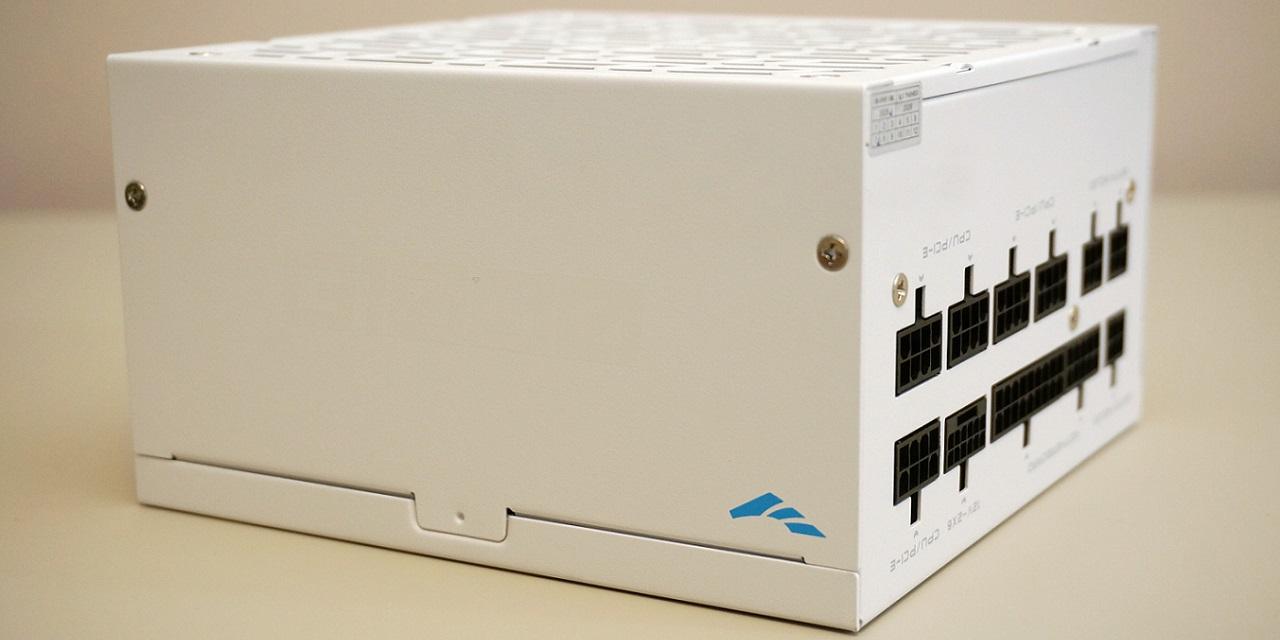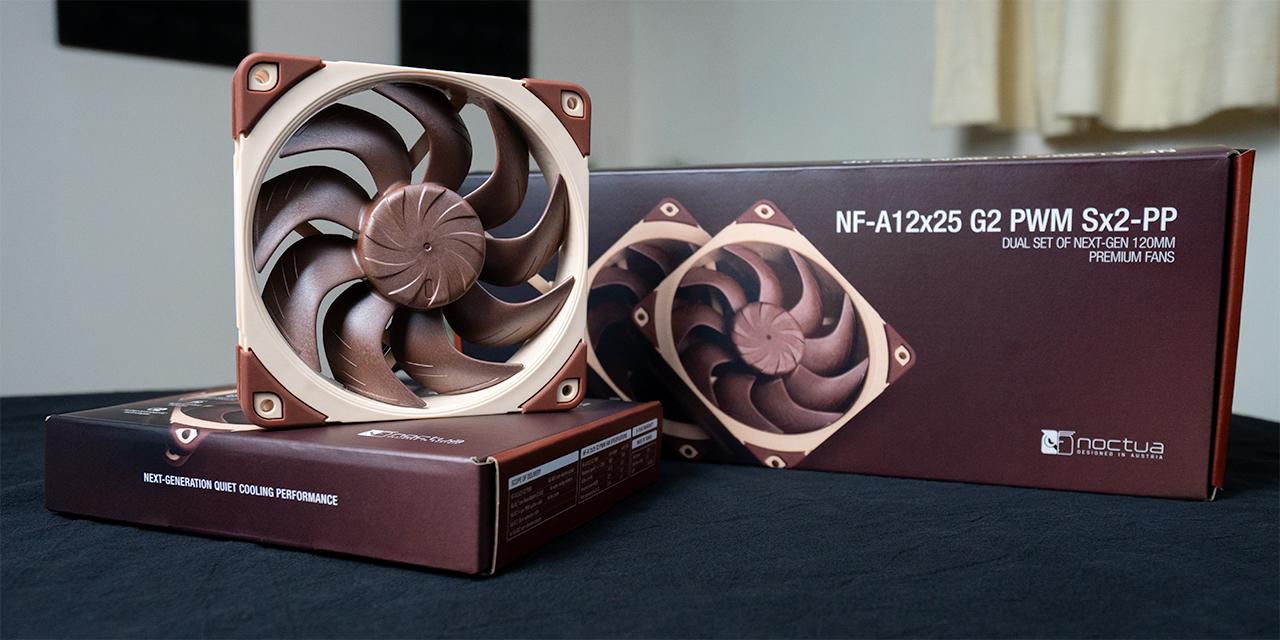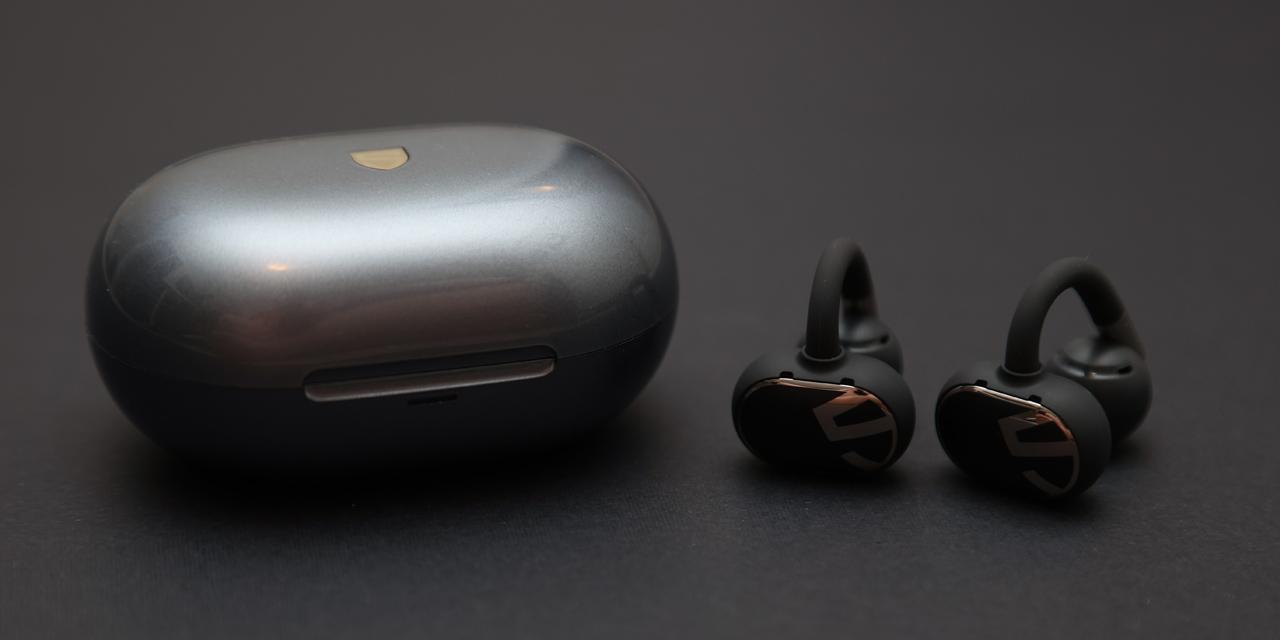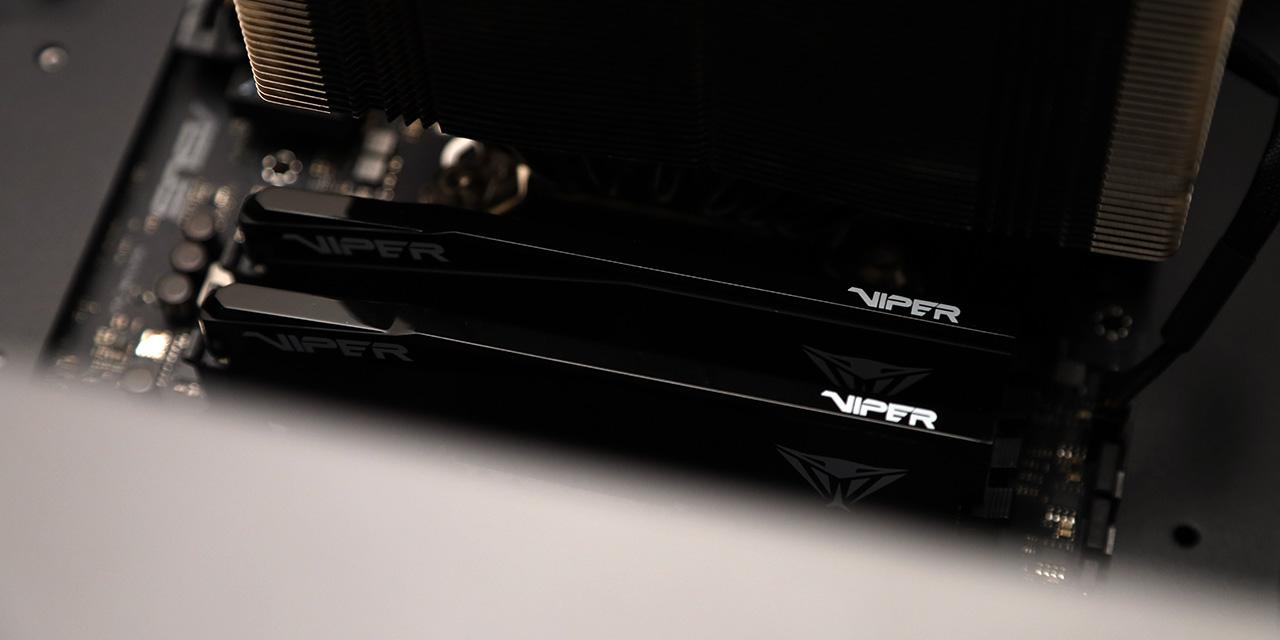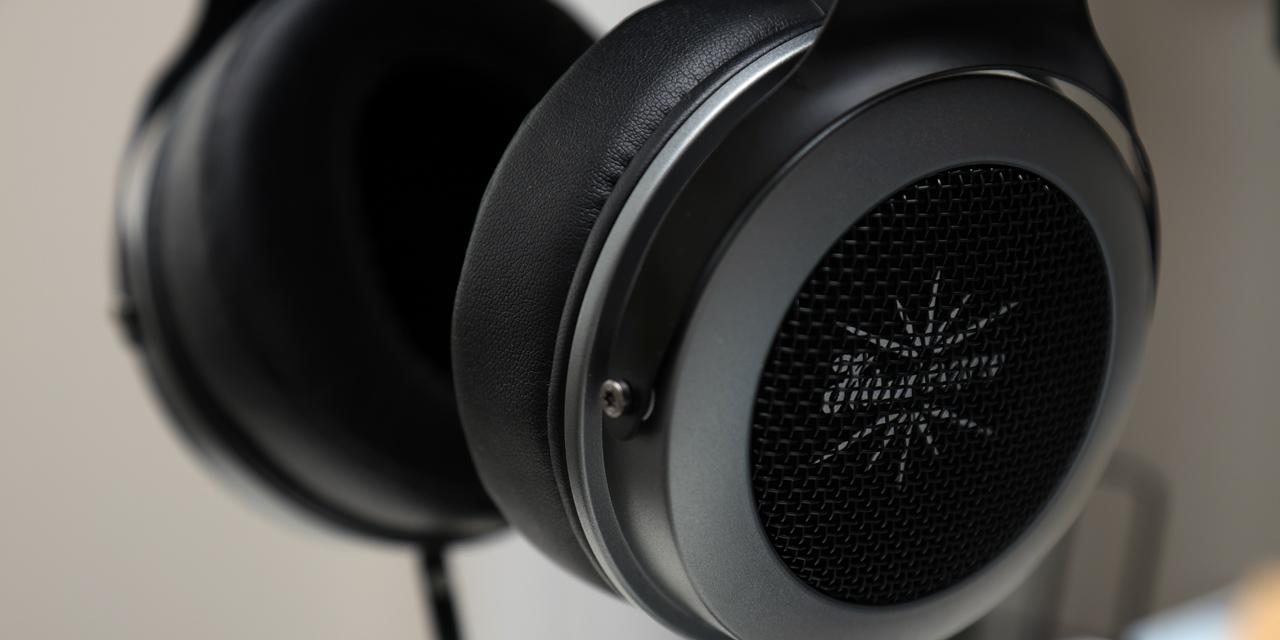Page 3 - A Closer Look - Disassembly and Internals

The disassembly process of the Epomaker x AULA F65 Pro is quite difficult. I started off by using some spudgers to help pry off the top frame. There are multiple points that must be unclipped, and spudgers are typically the best tool to do so without damaging the surface. While I could start by removing all the keycaps, I typically have a preference to remove keycaps and switches after disassembly only if necessary. This case does not actually require you to remove the knob prior to removing the top frame. Once fully unclipped, you can slowly pull apart the frames from each other, making sure to be gentle to avoid damage. This disassembly process was quite difficult, and I would not recommend a novice user to take it apart. Upon exposing the interior design, we find a standard design for a plastic keyboard. There is a spot underneath the silicone for the 4000mAh battery as well as the daughterboard in the bottom case as this is a wireless keyboard.

The interior design was adequate in my opinion. Taking a quick look, the Epomaker x AULA F65 Pro is quite simple. The Epomaker x AULA F65 Pro is a gasket mounted keyboard. The specific design is similar to that of the Mr. Suit by Owlab. There are gasket socks placed on the edges of the plate to better cushion and remove any friction. The implementation is quite good, as we have a decent amount of space to work with to allow for some bounce when typing. The silicone is done well, leaving space for the keyboard to utilize the gasket structure, while also aiding in not bottoming out the PCB. Typically, this is more important from metal cases, as the PCB can be shorted out upon contact, but it is still beneficial for plastic keyboards, as it is simply being cushioned.
The silicone in the case is done well. Epomaker and AULA have properly thought out the silicone usage, as inside you will find silicone for the bottom underneath the PCB as previously stated. Foam or silicone usage in keyboards is quite important, and the choice to use silicone makes sense, as it can properly fill out the empty space in a plastic case, providing similar benefits to foam. To explain simply, the more foam you use, the more muted your keyboard will be. While not explicitly stated, I believe the F65 Pro uses poron foam for the plate and below the PCB. Regarding the switch foam, I believe this case uses IXPE foam rather than the PE foam used in the ever so popular Jelly Epoch. Switch foam is a strange usage of foam that I personally find to be a cheat code to premium sound with no science to back up my claim.
The plate inside of the Epomaker x AULA F65 Pro is polycarbonate or PC. PC is a very popular choice when looking for a deeper sound type for your keyboard. This plate material can excel in creating a “thock” if given a case that allows it to do so. In this case, while still deep, it is on the higher end in terms of sound for a PC plate. The plate properties that affect its sound include its stiffness and density as an independent factor in the keyboard. To be more specific, we want the specific modulus or specific thickness, which is also known as the stiffness-to -weight ratio. The lower this number is, the more “thocky” this material will be. As of writing this review, I have not seen any material with a lower specific modulus than PC.

Upon closer inspection of the LEOBOG Icesoul switches, I hope to provide you with more detail in the makeup of the switch. For the Icesoul switches, the top and bottom housing is polycarbonate and the stem is polyoxymethylene, or POM for short. POM is known for its high stiffness, low friction, and excellent strength. Specifically, this material has a coefficient of friction of around 0.25 to 0.3, which is low when you consider this is a measurement on a 0 to 1 scale. As such, you can see why you would want a switch stem to be made out of POM. This stem would be considered a long pole stem, which results in a shorter total travel. I personally use a long pole switch on the daily, so I had no issue, but for anyone worried that it might feel weird, the difference is 4mm from a regular switch, but I found the tactile nature made me note really notice the difference. As for the housing, polycarbonate is a very commonly used thermoplastic in mechanical keyboards. It is commonly used for translucent switches, which is important for light to shine through.
Page Index
1. Introduction, Packaging, Specifications
2. A Closer Look - Hardware and Software
3. A Closer Look - Disassembly and Internals
4. Conclusion

